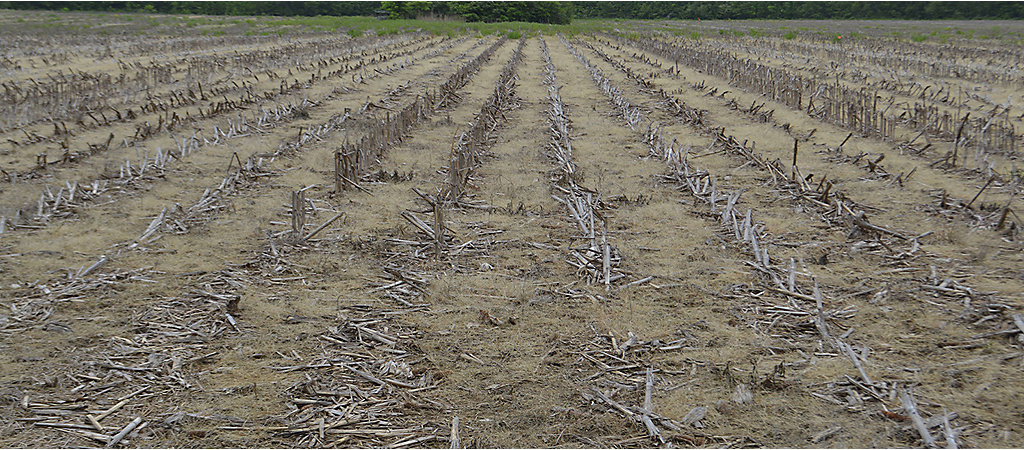Fall herbicide applications can bring numerous benefits to your customers, including a more streamlined workload with fewer hours of spring work, better-prepared fields at planting and the opportunity for increased yield potential come next harvest.
Here are three tips to maximize the efficacy of your fall burndown application from Will Tubbs, market development specialist, Corteva Agriscience.
- Work with your customers to determine if a fall burndown makes sense. Before moving forward with a fall burndown application, work with your customers to understand which weeds are the most problematic.
Fall burndown applications are very effective against troublesome winter weed species such as marestail, common chickweed and field pennycress, because these weeds can have variable germination timing throughout the fall and early spring.
Other winter species such as henbit or purple deadnettle predominately germinate in the fall — making fall burndown applications a strong tool in areas where these are the primary weed species emerging in the spring.
“However, weed species such as waterhemp or Palmer amaranth will not be impacted by fall applications,” Tubbs explains. “But, in areas where winter weed species are the biggest problem, a fall burndown application is a great way to set customers up for success next spring.”
- Get the timing right. Herbicides will be most effective on emerged weeds and when applied before the weeds shut down due to cold temperatures. Fall burndown applications should be made when temperatures are above 40 F so the plants can translocate any herbicide that may have been applied.
- Use proper adjuvants. Using adjuvants such as methylated seed oil (MSO) or crop oil concentrates (COCs) — and mixing them properly — will help provide more effective weed control in cool or fluctuating fall temperatures.
Finally, it’s important to remember that fall burndown applications are only one piece of the weed control puzzle.
“Fall herbicide applications can be an excellent tool for growers looking to reduce weed pressure from winter weed species, but they do not typically have a tremendous impact on summer weed germination,” Tubbs warns. “Pressure from those weed species should be accounted for with applications made in the spring or early postemergence time frame.”
Consult your local Corteva Agriscience representative to learn more about best practices and products available for year-long weed control.
